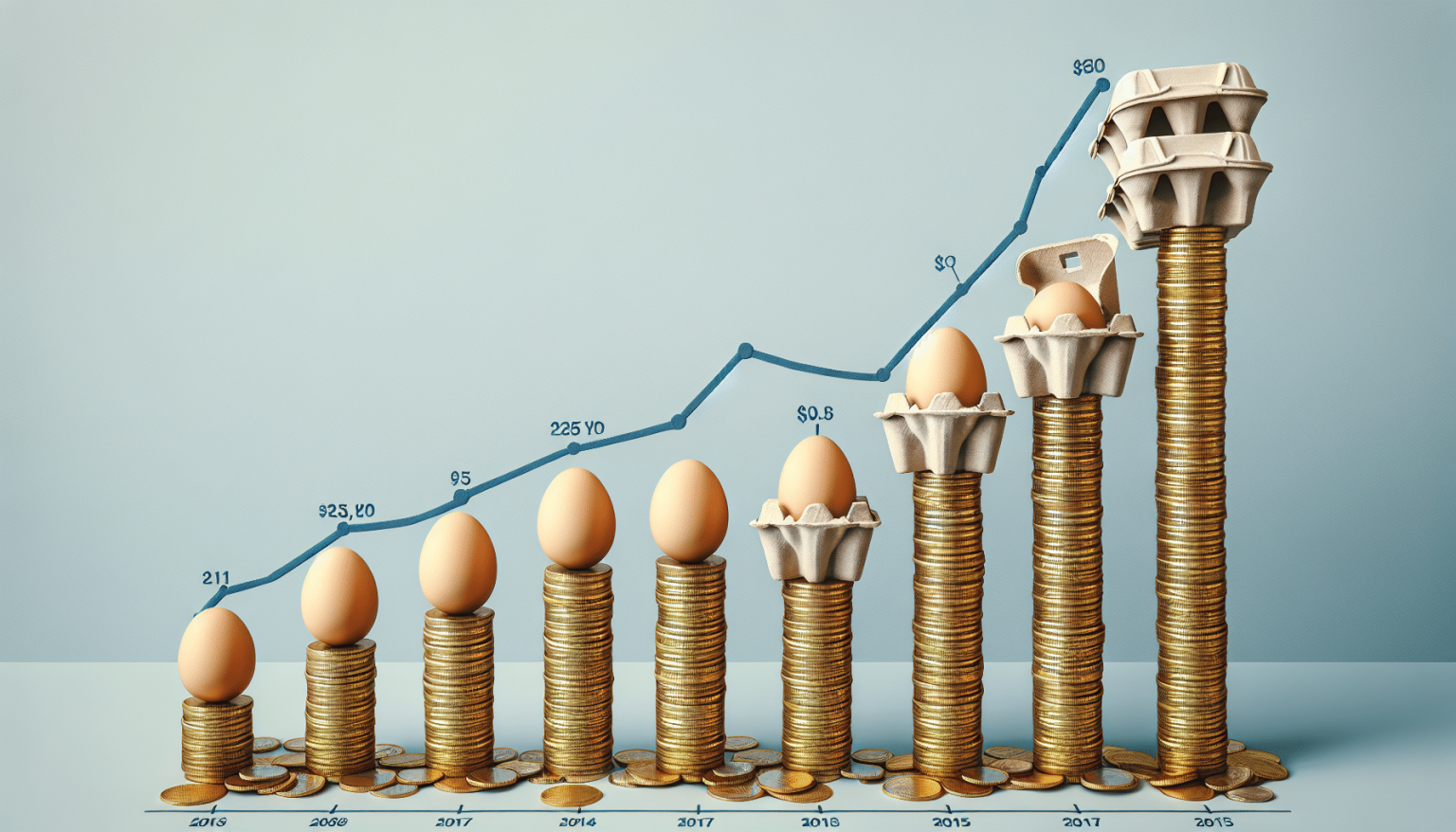In March 2025, the average price of eggs in the European Union experienced a 6.7% increase compared to the same month of the previous year. This increase comes in a context marked by fluctuations in the cost of food, which has recently caught the attention of economists and consumers.
Czechia was the EU country that stood out the most, with a surprising 46% increase in the price of eggs compared to March 2024. Other countries also saw considerable increases: Slovakia with a 29.8% increase and Hungary with a 26.1% increase. However, there were exceptions, as in the Netherlands prices decreased by 3.6%, followed by Luxembourg with a 3.2% fall and Greece with a 2.0% decrease.
The beginning of 2025 had already hinted at upward trends in egg prices, with increases of 3.4% in January and 4.1% in February, compared to the same months of the previous year. This situation contrasts with 2024, which was marked by negative rates in 10 out of the 12 months compared to 2023. In contrast, the years 2022 and 2023 were characterized by double-digit increases in monthly prices, the most notable being the 31.2% rise recorded in February 2023 versus February 2022.
The dynamics of the European food market become evident, highlighting the different pressures that affect prices in each country. For those interested in a more detailed analysis of the evolution of food prices, Eurostat offers a monitoring tool that allows users to explore how prices of eggs and other products have changed over the years. This resource includes price indexes for various agricultural products, from producer prices to consumer prices, ensuring a broad understanding of how prices are determined along the food supply chain. The information is regularly updated, ensuring that stakeholders have recent data on the evolution of food prices in the EU.
via: MiMub in Spanish
